 Landlord Guide to Ventilation Regulations (part F) for Healthy Rentals
Landlord Guide to Ventilation Regulations (part F) for Healthy Rentals
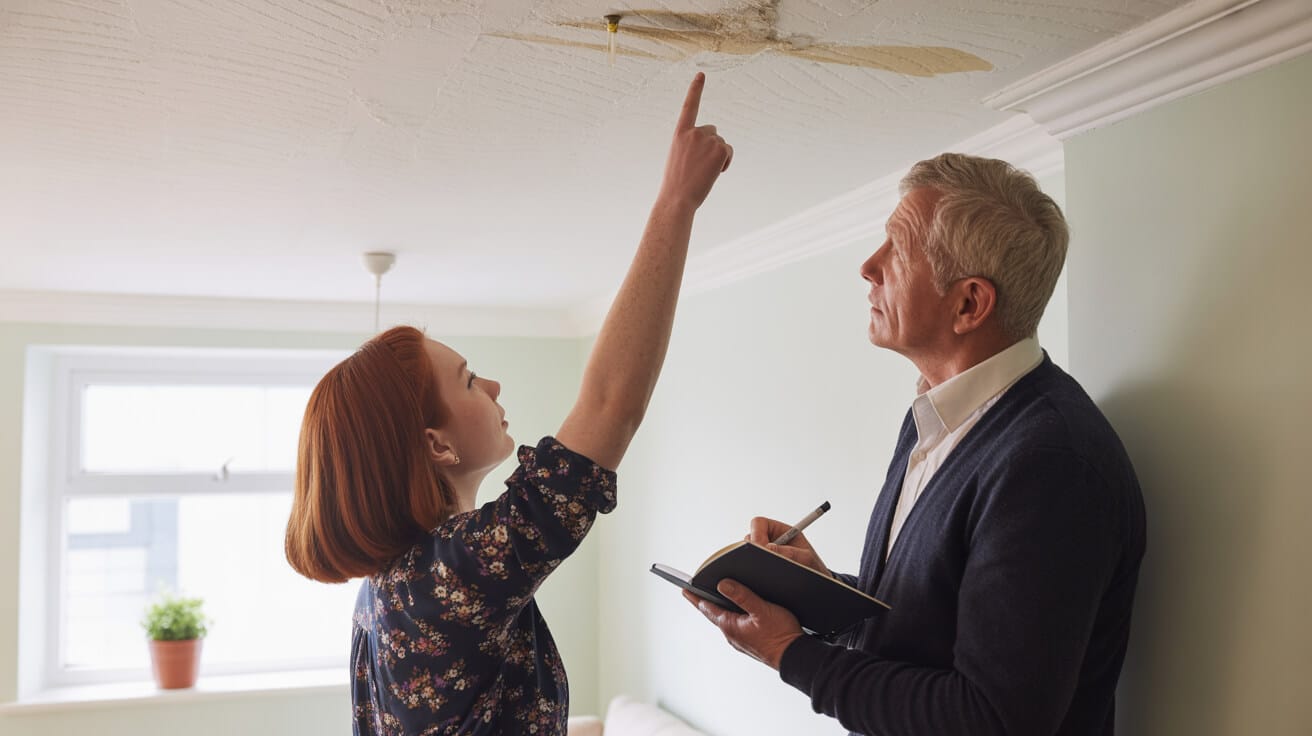
What Makes Ventilation Compliance a Make-or-Break Issue for Property Owners and Agents Right Now?
Ventilation has shifted from “nice to have” to centre stage—fast. Since the 2022 update to Part F of the Building Regulations, a property’s air quality isn’t just a footnote; it’s a non-negotiable reason for a fine, a failed inspection, or months of repair costs. If you manage, own, or let property, the days of “we’ll get to it eventually” are finished. The risks are lived: a flat flagged for poor ventilation means lost rent, angry tenants, and a reputation penalty that won’t wash away with a quick coat of paint.
A single non-compliant vent now costs more than a handful of broken tiles or scuffed paint—a problem for both letting agents and tenants who talk.
It’s not scaremongering. When Shelter logged average costs for damp and mould repair between £2,000–£5,000, they weren’t highlighting freak cases—they were reporting the new baseline for unventilated properties (Shelter 2023). The NHS draws a direct, unforgiving line from poor ventilation to spikes in asthma and respiratory complaints, especially among the groups you’re legislatively bound to protect (nhs.uk/news/medical-practice/the-health-hazards-of-damp-and-mould/).
As of June 2022, councils have teeth: they’re conducting unannounced spot checks, demanding digital proof for every vent and extractor, and logging failures in registers—impacting your ability to let, sell, or access green funding. Worse, an unchecked flat today can trigger cross-property reviews across your portfolio. Delay now, and you pay twice: once in costs, and again when new “minimum energy efficiency” rules arrive.
Every letting, refurbishment, or even a ‘simple’ window swap is now a compliance trigger. You’re not just avoiding a fine; you’re defending your income, future agility, and long-term asset value. The lesson is as sharp for an individual buy-to-let as a block of HMOs: take ventilation seriously or risk being left behind when the next grant or tenant pools shrink.
Upgrading ventilation isn’t a hidden cost—it’s a direct protection for your future rent roll and your standing with agents and councils.
When your compliance systems run like Plumbers 4U’s—documented, traceable, and certifiable—the worry of future audits, tenant complaints, or council interventions falls away, replaced by a reputation that translates into smoother lets and long-term value.
What Exactly Does Part F Demand—and When Does It Apply to Your Portfolio?
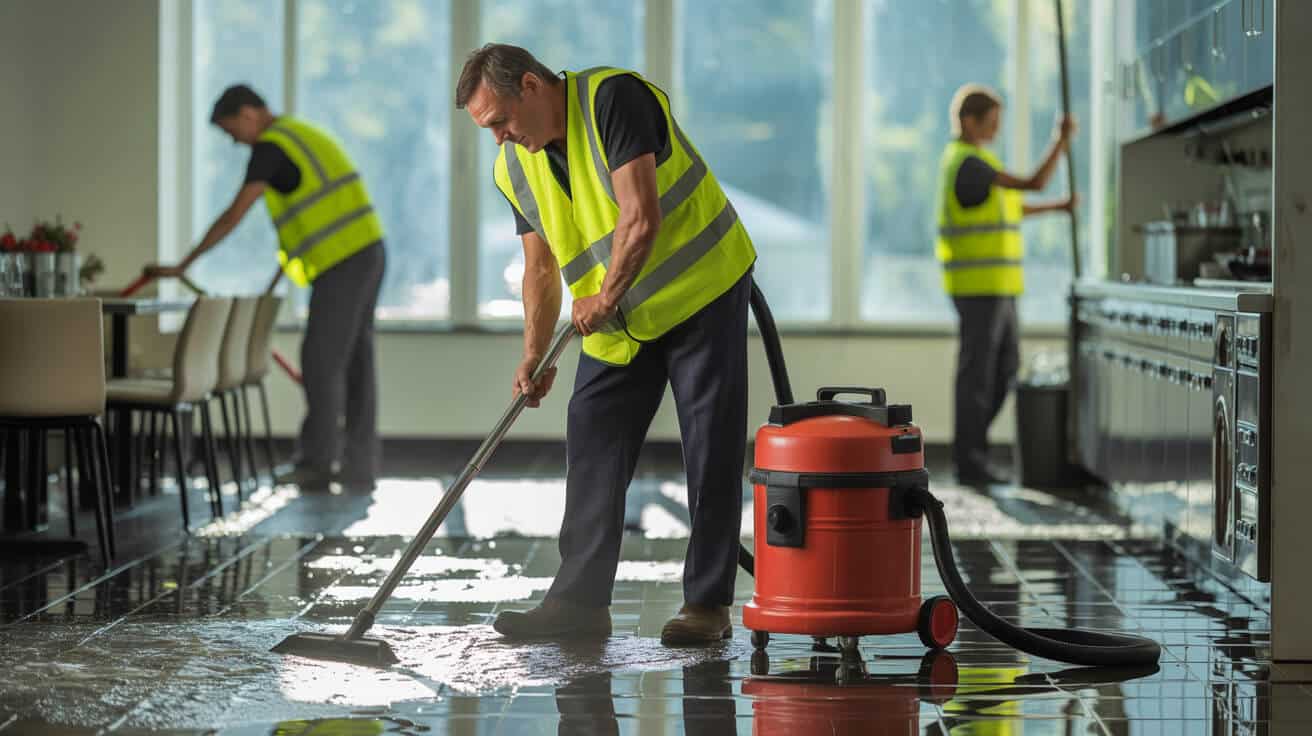
Understanding Part F means understanding how little wiggle room landlords, agents, or property managers now have. The current rules bite at points you might not expect: letting to a new tenant, fitting a single new window, upgrading a kitchen, or taking advantage of insulation grants. If you’re in the business of renting, selling, or managing property, you’re on the hook—whether your portfolio is one studio flat or a block of mixed-use conversions.
After the 2022 update, councils check not just new builds but every freshly let, upgraded, or windowed room—and compliance is non-negotiable.
The essentials of Part F compliance:
- Background Ventilation: All rooms people sleep, work, or spend hours in require a *fixed* vent—usually a trickle vent—meeting minimum area rules (most often 8,000mm² per room). Fitting or replacing any window triggers this requirement automatically.
- Local Extract Ventilation: Any space holding a kitchen, shower, bath, WC, or washing machine needs a *mechanical* extractor, sized to the room by set airflow rates stated in official regulations. Passive vents or windows left open do not count.
- Documentation: Proof rules everything. Installations since 2022 that lack signed, photographic evidence are classed as non-compliant. This means window or fan swaps done without clear paperwork become liability magnets.
There are no safe gaps for “grandfathering” or relying on old swaps: if the vent or fan doesn’t meet today’s standards, it’s not compliant. HMOs face even stricter audit regimes, with records checked at every renewal and tenants increasingly co-opted as enforcement sources.
Even the one-off job—replacing a single kitchen fan—if undocumented, can trigger fines, claims, and property database flags kept for years (landlordlawblog.co.uk/2022/09/12/the-june-2022-changes-to-building-regulations-ventilation/?utm_source=openai).
Both owner and agent are responsible. Council notices are now issued for incomplete logs, missing flow-rate documentation, or fans that can be disabled, not just for lack of equipment. Warnings typically last 8 weeks before escalating to formal fines or letting licence review.
Bottom line: treat ventilation like gas or electrics. At every upgrade or new tenancy, compliance checks are not just best practice—they’re your first line of defence.
What Ventilation Tests and Proof Do Inspections Demand from UK Landlords?

Compliance isn’t a paperwork shuffle anymore. Your property passes—or fails—based on three interlocking benchmarks. The good news: know these, document them, and every letting or upgrade moves smoothly. Miss even one, and you’re vulnerable to disruption, rework, or enforcement.
1. Background Ventilation Checks
Each living space must have a fixed vent—usually a trickle vent—with a minimum free area of 8,000mm² (per Part F post-2022). During any window replacement, non-compliant vents are an automatic fail, regardless of the window’s age or the tenant’s habits. The days of “hopping out for fresh air” count for nothing at inspection.
2. Local Extractor Performance
Every “wet” room—kitchen, bathroom, toilet—now needs a mechanical extractor demonstrating minimum airflow in litres per second (e.g., 30 l/s for a kitchen; 15 l/s for a bathroom). Councils increasingly require digital flow-metre readings, not just “it’s running” assurance. Disabling switches or blocked vents count as immediate fail points.
3. Purge Capability
Large window openings or cross-ventilation can supplement background/ extract, but never replace them. The law spells it out: extra air change, not a compliance shortcut.
If you can’t show up-to-date records (ideally dated photos with digital metre readings and installer certifications), don’t expect a pass at audit.
Standard Document Pack (for every property):
- WRAS or WaterSafe certificates for every installation/upgrade
- Flow-metre logs with dated digital readings
- Photos of all vents and extractors (serial/model visible)
- Receipts/warranties tied to specific property
- Completion forms or handover docs
For Smart Controls:
- Installer app screenshots
- Digital audit trails showing run-time, sensor performance, and error logs
Every missed or missing record is a vulnerability. Councils—and increasingly insurers—expect digital logs for every major element as standard, not as a “nice to have”.
Auditable, photographically-logged instals are now the baseline; never leave compliance to memory or unsaved emails.
Treat compliance packs as you would a CP12 or EICR. A formal, always-ready folder (digital as well as printable) isn’t red tape—it accelerates insurance claims, agent sign-offs, and builds trust with both regulators and tenants.
What Are the Five Most Expensive and Repeated Mistakes Property Owners Still Make?
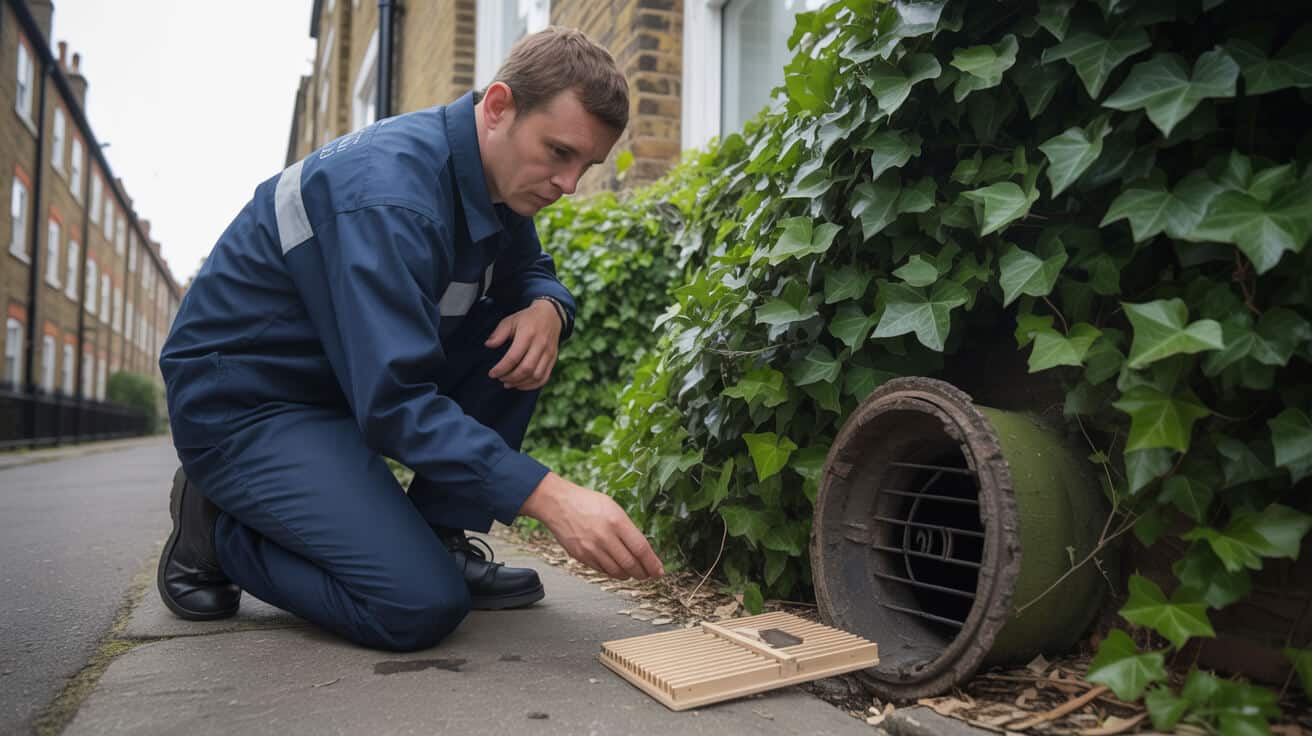
Even experienced owners and managers trip up on the same traps, often because regulations and expectations keep shifting under their feet:
- Trusting to window use or tenant habits: No version of “they open the windows a lot” withstands an audit. Physical trickle vents are compulsory.
- Assuming old kit equals compliance: Fans and vents from even a few years ago might fail for insufficient airflow, bad noise levels, or being too easy for tenants to disable.
- Losing documentation: If you can’t show the right receipts, metre photos, or instal certificates, you’ll be fighting uphill—even if the kit itself is perfect.
- DIY or off-brand installations: Uncertified, non-WRAS components or amateur fixes put you at risk for immediate remedial notices.
- Neglecting tenant handover: Tenants who aren’t instructed will block extractors or switch them off, risking both comfort complaints and instant council fines.
Installing the right kit but skipping the photo or tenant walk-through leaves you exposed—problems resurface faster and fines stack up.
Routine audit cycle:
- Photograph every vent or fan after instal—zoom on model/serial
- Take and save digital flow readings each instal
- File every receipt and certificate in a secure, regularly backed-up system
- Conclude each job with a tenant walk-through, documented with a written handover
If this sounds like too much, it’s cheaper than repeating the same fix twice, losing a tenant over “damp smell,” or failing a council inspection at the peak lettings season.
How Can Landlords Future-Proof Their Properties Against Ventilation Risks—and Stay Grant Eligible?
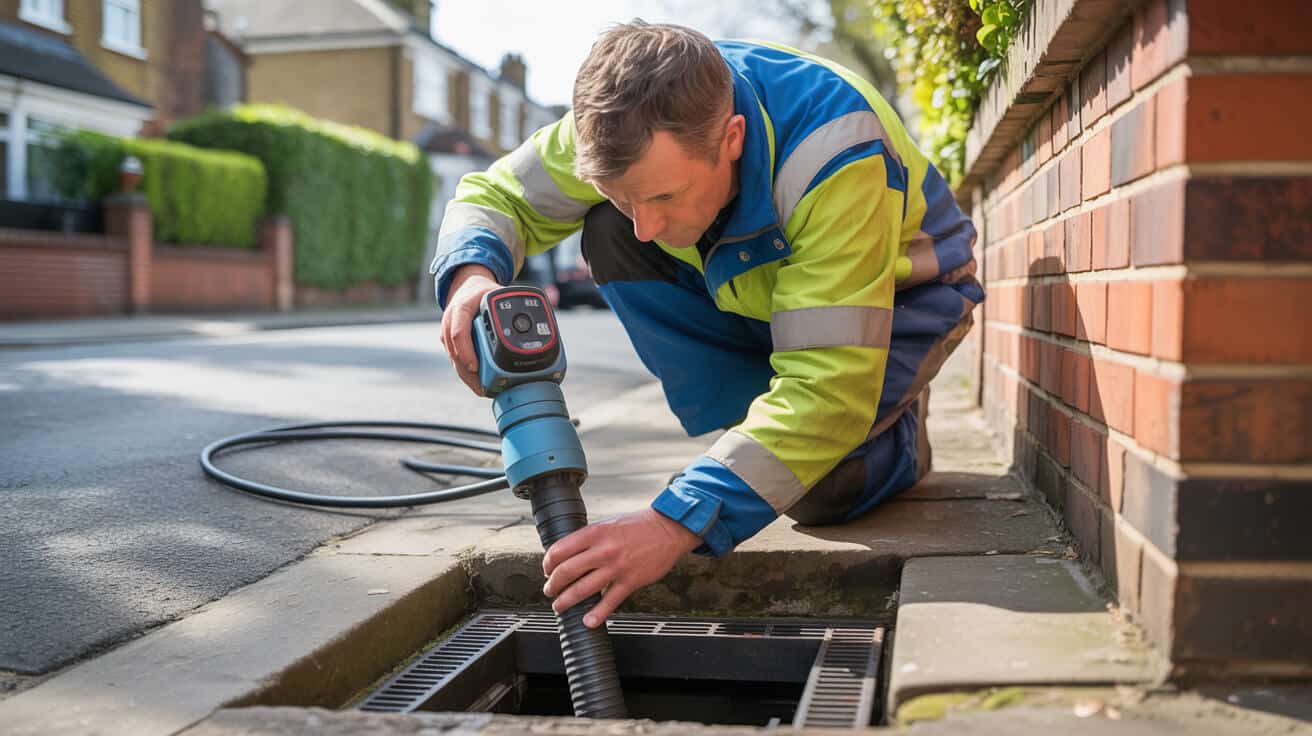
Best-in-class landlords aren’t just meeting the minimum. They’re setting themselves up for easier lets, less stress, happier tenants, and higher values every time Part F or energy efficiency rules get another upgrade.
Smart Steps to Elevate (and Simplify) Compliance
- Standardise on accredited kit: Always choose WRAS/CE-marked fans, vents, and controls. Scan and store serials, receipts, and instructions.
- Specify smarter extractors: Fit tamper-proof, humidity- or CO₂-sensing fans that run on timers—lower tenant call-outs and block council refusals.
- Photo-log every job: A digital folder per property (with photos, metre logs, and serials) becomes Proof Zero when council, agent, or insurer calls.
- Regular “walk-and-test” audits: Once a year, bring in a qualified engineer to review and test every extract, vent, and tech zone. Record everything with photos and metre logs.
- Keep compliance packs ready: Request installer-signed, warranty-linked “packs” for every upgrade or repair; these now speed applications for insulation/energy grants and impress any new managing agent or serious buyer.
Documentation is your shield—one scan, and your property is ready for audit, next grant scheme, or an insurance renewal without drama. *(checkatrade.com/blog/expert-advice/landlords-guide-to-property-regulations/?utm_source=openai)*
Many proactive landlords co-source with specialists like Plumbers 4U, who build a landlord-ready “passport” for each let—photos, readings, receipts, and compliance notes. This changes audits from a stress test into mere routine, smoothing agent handovers and making your property stand out to grant assessors and quality tenant pools alike.
How Do the Best Landlords Streamline Compliance and Stop Wasting Time or Money?

Manual tracking and loose paperwork belong to yesterday. The smartest properties now pass inspection on auto-pilot—because every risk, fix, and proof is handled in one closed loop: survey to instal, certify, and ready-to-renew file. Plumbers 4U leads with a total documentation system, putting every compliance step on rails.
- Full-spectrum qualified engineers: All WRAS, WaterSafe, and G3 certified—no second-tier work, no guesswork, everything logged.
- Landlord-grade compliance packs as standard: Every visit leaves digital and hard-copy proof: photos, flow logs, kit receipts, and signed certificates filed property-by-property for easy recall.
- Zero-overlap service: Site review → fit/upgrade → tenant demonstration → post-job digital folder. You’re consulted and covered at each stage.
88% of documented, accredited instals cleared the first inspection by councils or letting agencies. *(TrustMark.org.uk/news/ventilation-changes-part-f-building-regs?utm_source=openai)*
Book in fast—emergency response or pre-planned works both covered. You get transparent pricing and future-proofed tools for planned insulation, survey or grant triggers. Compliance logs become an asset, not a cost—a selling point with agencies and lenders, not just “spare paperwork.”
When you shift from piecemeal fixes to a compliance-first workflow, regulatory headaches, fine threats, and tenant trust wobbles drop off the radar. You get a property where compliance isn’t a cost spike—it’s steady value protection.
What’s the Step-by-Step Compliance Routine Every Landlord Needs—From First Call to Signed-Off Let?

Letting teams and properties differ, but the compliance road map is now almost always the same—if you want to pass the first time, keep tenants happy, and avoid fines that spiral.
1. Site Survey:
Engineer checks all existing vents, windows, and extractors. Flags missing kit, elderly fans, or tricky compliance points—especially in multi-let or converted blocks.
2. Quotation with Kit Breakdown:
You get a line-item quote for each vent or fan, listing WRAS/CE marks and matching to property rooms. Accept, and parts are pre-ordered—no surprise waits.
3. “Right First Time” Installation:
On instal day:
- Each new vent and fan is fitted, tested, and digitally logged.
- Extractor airflow is checked live with a flow metre (reading photographed).
- Receipts for every unit and relevant serials issued on the spot.
4. Tenant Handover:
Before leaving, the installer talks tenants through extractor function, vent use, and resets any automatically controlled units. Written leaflets or digital instructions are left as reminders.
5. Compliance Folder Completion:
Everything—photos, metre logs, certificates, warranties—is filed digitally and in a property-specific paper folder. You get instant digital access via secure link, matched to your agent notification or compliance deadlines.
6. Annual Review Reminder:
Every property is put on a timer—so each year you’re prompted for a quick check-in. No more mad dashes; by the second year, most properties need zero remedial work.
- For the rare dispute or council “extra visit,” the proof is already uploaded: no extra charge, no stress, just routine access.
This cycle is what future-proofs lets. It replaces scrambled call-outs with a calm, scheduled loop. It also future-proofs grant access by aligning documentation with every known energy scheme—so your EPC, insulation, and vent upgrade are always grant-friendly.
With every vent or fan, you’re building a property future that isn’t threatened by new rules—it welcomes them.
What Is the Real Cost of Delay—and Why Is Proactive Upgrade the Only Safe Play in 2024?
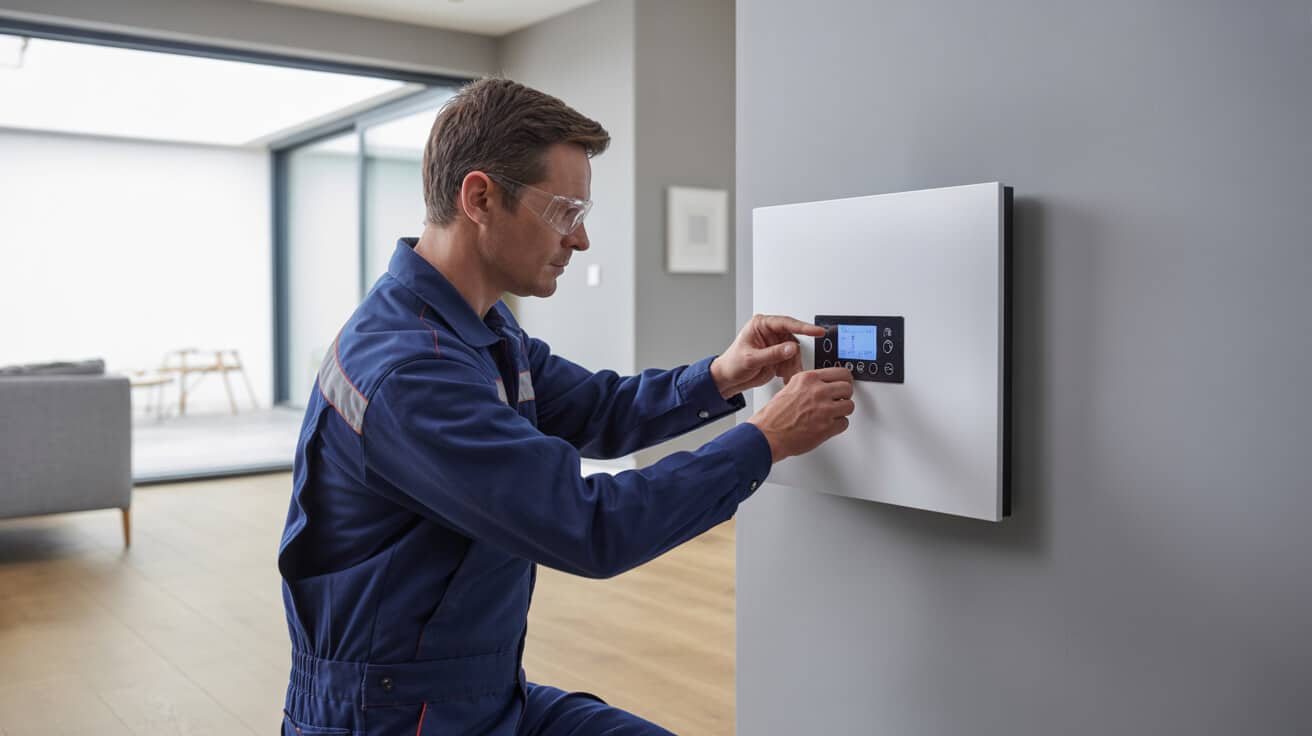
There are two kinds of costs in property: the bills you accept, and the ones that ambush you later. Ventilation compliance, post-2022, rewards the swift and sets back the hesitant.
Delay?
- Properties flagged missing trickle vents or failing airflow get recorded on local “letting risk” registers for five years—not a note you wipe with a paintbrush or special offer.
- Fines can hit £30,000 at the higher end for repeat council warnings. Correction work is always pricier on short notice, with limited kit and time.
- Waiting means future grants (ECO4, Home Upgrade schemes, MEES improvements) all become “provisional” till you can prove full compliance. That’s delayed upgrades, funding, and marketability.
Proactive?
- The council passes your first audit, and your property is ready for every “minimum standard” ratcheted up in the next review.
- Tenants and agents relax. Call-out rates for “damp,” “stuffy air,” or “fan noise” drop.
- Properties listed as “fully compliant” not only let faster, they’re the reference point for agency and auction sales.
- Every repair, upgrade, or survey adds another tick to your compliance log—a capital asset, not just red tape.
Every day you leave ventilation unverified or unlogged, you’re banking a repair bill and risking a warning. The upside? Call the right partner once—job’s done right, audit after audit.
The route to full compliance isn’t a maze. It’s a checklist—survey, certified kit, metered test, photo, proof, handover—and a documentation style that makes risk invisible to your tenants and agents.
Get your ventilation sorted, documented, and future-ready. Your tenancy, yield, and even tomorrow’s buyer will thank you for it.
Why Plumbers 4U Is the Proven Route to Effortless Compliance and Healthy Returns
No two landlords have the same property. But every successful portfolio owner, letting agent, or property manager now faces the same Part F hurdles—and the same roadmap to a fast, low-stress pass.
Plumbers 4U’s approach?
- Accredited engineer for every visit: WRAS/WaterSafe/G3 as the foundation, not the “upgrade”.
- Digital and physical compliance packs: You never search for proof; it’s ready for any council, agent, or grant.
- End-to-end service: From initial survey to handover (live and on paper), every job is sealed and filed.
You already know the cost of letting compliance drift—missed lets, forced repairs, and grant offers you can’t access. With Plumbers 4U, you’re buying time—and peace of mind.
Booked, checked, signed off, and ready for any council visitor—no surprises at any step.
Request a rapid survey or book ahead for the next letting cycle. Download your free compliance checklist after booking—proof you’re one step ahead of changing rules.
Let your next audit—or your next tenant—prove just how future-ready your rental is.
Get your compliance checked, certified, and covered by Plumbers 4U today.
Frequently Asked Questions
What prevents even diligent landlords from passing a Part F ventilation audit in the new regulatory climate?
Passing a modern Part F audit goes far beyond installing fans and fitting trickle vents—it requires a traceable, evidence-driven system that documents exactly how each room meets ventilation requirements, with live data verifiable against the latest standards.
Many well-intentioned property owners fall short not because of neglect, but due to two core oversights: incomplete documentation of airflow or vent area, and gaps between recent works and what the inspector needs to see. Since the 2022 Building Regulations update, even new installations get flagged if photos don’t show commission dates or installers haven’t provided measurable airflow data. A single missing record—a vanished flow reading, an absent vent certificate, or a kitchen with an untested extractor—can trigger failed audits and re-inspection costs.
Your property can look pristine, but compliance is now invisible unless tracked, measured, and filed as you go.
What critical records do most landlords overlook?
- Up-to-date airflow test results for every new extractor, logged with instal photos and batch numbers.
- Trickle vent sizing calculations proving the minimum free area, with before-and-after evidence when windows are swapped.
- Certificates from WRAS/WaterSafe engineers, tied to specific property rooms and annotated schematics.
- Change logs reflecting modifications in layout, use (e.g., turning a study into a bedroom), or significant upgrades.
Which “last-mile” moves make compliance bulletproof?
- Insist that all upgrades or repairs leave behind a compliance pack: photos, instal/test sheets, digital logbook entries.
- Survey and document after every window, kitchen, or bathroom upgrade, not just boiler or insulation works.
- Commission providers like Plumbers 4U to bundle and update digital or printed packs as part of every instal, handover, and routine check.
Landlords who treat compliance as a living asset—updated after every meaningful change—never scramble when the council calls, making re-letting, grant applications, and dispute resolution smooth from start to finish.
How can agents and letting managers sidestep ventilation headaches before contract renewals or council inspections?
Agents and managers are often caught off guard by overlooked details lost between contractors, tenancies, or property refurbishments. The headache isn’t just ticking a checklist—it’s proactively closing documentation loops and guaranteeing every unit is ready for council scrutiny at a moment’s notice.
Part F’s modern enforcement now mandates not only the right physical measures (trickle vents, extractors, ducting) but also verifiable proof that every room continues to meet specs post-renovation, replacement, or emergency repair. When an inspection is triggered—by grant application, insurance claim, or tenant’s health concern—lack of watertight records can halt lets, freeze marketing, and multiply admin load.
Nothing derails a letting like missing records—council queries now travel faster than a maintenance van.
How do letting teams get ahead of regulatory waves?
- Build a digital property file for every unit, storing dated, in-place images for every vent, extractor, and commissioning test.
- Coordinate contractors who are WRAS or WaterSafe registered and log every instal with matching location tags and proof photos.
- Schedule compliance reviews before each check-in, not just annual renewals—spot small gaps that can block a grant or new tenancy.
- Use integrated landlord packs from providers like Plumbers 4U, which streamline audit prep and save frantic last-minute searches.
What turns compliance from a burden into a selling point?
- Advertising units as “fully audit-ready” or “grant-eligible” attracts both tenants and investors.
- Demonstrating a living compliance trail reassures risk-averse renters and satisfies agents who want downtime eliminated.
With compliance automation—digital folders, scheduled updates, and a unified partner—agents become the conduit for trust, not bottlenecks for paperwork.
Why is every missing trickle vent or untested extractor now a direct financial risk for landlords?
Every missed vent or uncommissioned extractor isn’t just a technical violation—it’s a direct invitation to fines, income loss, and delayed upgrades in today’s rental market. Councils applying Part F regulations now escalate small gaps into costly disputes or portfolio-wide freezes.
Landlords without detailed compliance records face tangible threats: letting application blocks, insurance claim rejections for damp or mould, and grant ineligibility for energy upgrades (from ECO4 to the Boiler Upgrade Scheme). Worse, enforcement action can quickly jump from one flagged flat or house to an agent’s wider portfolio, multiplying risk. With penalties routinely reaching five figures and public registries flagging persistent non-compliance, financial security now hinges on ready-to-demonstrate, room-by-room proof of ventilation performance and documentation.
A single missing airflow record or vent certificate can stall a re-let, void insurance, and cost months of lost revenue—often overnight.
Which scenarios most often expose landlords to loss?
- Tenancy voids extend because councils require immediate documentation updates before approval.
- Emerging damp or legal claims lead to insurance refusal absent current ventilation logs.
- EPC upgrades and improvement grants stall until missing vent/airflow evidence is supplied.
- Regular spot-checks snowball: one unit flagged means every similar property gets reviewed next.
How do responsible landlords protect their portfolio’s value?
- Commission a compliance survey and digital logbook review across all units as a baseline.
- Proactively update documentation after every meaningful change—not just annual audits—to leave no compliance “ghosts” behind.
- Choose service providers who make evidence and documentation part of every installation and repair by default.
Protecting income and growing property value today isn’t only about bricks and mortar—it’s about being grant- and inspection-ready, with both physical upgrades and a living digital record to back every claim.
What separates “audit-ready” rental properties from those at risk of surprise Part F inspection failures?
The difference is rarely about asset type or renovation spend—it comes down to traceability: rooms with visible, tested upgrades and a seamless, up-to-date compliance evidence trail win every time. The most common inspection failures stem not from negligence, but invisible gaps caused by piecemeal upgrades or failures to unify documentation after each change.
Cities are seeing a rise in failed audits on properties with fresh decor but missing ventilation logs—especially box rooms, converted spaces, and older flats with only partial refurbs. Inspectors now check not just that a fan or vent is present, but whether it’s been measured, logged, and tagged to the latest regulatory spec.
Don’t let fresh paint hide invisible non-compliance—a clean compliance file clears every council hurdle.
Where are most fails triggered?
- Small bedrooms or studies with no visible or certified trickle vents.
- Refurbishments stopping at cosmetic upgrades, leaving old ventilation data out of sync with new layouts.
- Kitchens with recirculating hoods, but no external extractor or confirmation of required flow rate.
- Bathrooms and utilities lacking updated extractor test logs post-upgrade or repair.
What practical moves future-proof every inspection?
- Conduct a post-works audit after every major project and log findings alongside proof photos in a digital pack.
- Schedule at least an annual “ventilation proof” check—even if no work has occurred that year—to backstop the record against forgotten jobs.
- Centralise partners: align with one compliance-focused provider (like Plumbers 4U) to maintain continuity of documentation, testing, and rapid updates.
Audit-ready portfolios create less stress, reduce surprise failures, and open more doors for swift lettings, grant approvals, and smooth handovers.
How do rising EPC standards and grant eligibility now depend on flawless ventilation compliance?
New funding rules and stricter EPC scoring mean landlords must now “close the loop” on ventilation if they want access to the fastest-growing pools of renovation and upgrade capital. Since 2022, government and private grant schemes (ECO4, Home Upgrade Grant, Boiler Upgrade Scheme) verify that all Part F ventilation standards are fully met—with evidence—before money changes hands.
Simultaneously, surveyors scoring EPCs now mark down properties that lack visible background ventilation, airflow logs, or commissioned extractor evidence, even if insulation and heating upgrades have been completed. In other words, a perfect insulation job without Part F compliance can lower ratings and block funds.
Getting shut out of a five-figure grant or seeing a lower EPC score now happens if a single vent’s proof is missing.
Which proof points earn you grants and higher EPCs?
- Dated photos of every new or upgraded vent, clearly tagged to the room and installation event.
- Live test results for all extractors, attached to commissioning logs.
- Unified paper or digital packs featuring all documentation—one-click submission for grant or EPC assessors.
- Independent audit statements or service provider-backed packs (i.e., Plumbers 4U’s landlord compliance folders).
How do you keep EPCs and funding moving in the right direction?
- Log every ventilation upgrade or repair outcome, aligning with the Home Upgrade Grant and ECO4 timeline triggers.
- Update digital compliance records right after the job, not in the month before your EPC or grant application.
- Opt for suppliers who bring experience in compliance documentation, so every improvement you make counts towards portfolio value and funding access.
Prioritising “invisible” ventilation proof now multiplies the ROI of visible upgrades—your records are the golden ticket to both compliance and maximum funding.
Which routines make year-round ventilation compliance painless for landlords and property teams?
The key shift is routine: turning compliance from last-minute scrambles into an automatic part of every maintenance cycle, upgrade, or tenant turn. True compliance never sleeps; it’s an ongoing process that integrates seamlessly into both the operational and strategic side of property management.
Successful landlords and agents embed evidence collection, testing, and documentation into habit—so audits, tenant queries, and funding windows trigger zero stress. Cloud-based folders, calendar reminders, post-repair photo logs, and regular reviews powered by specialist partners (like Plumbers 4U) create a compliance system that runs itself.
When compliance logs update themselves, audit day is just another calendar event—not a crisis.
Key steps for maintenance-free compliance:
- Assign every property a digital compliance pack, updated with each new vent, extractor, or kitchen/bathroom job.
- Hire only certified teams (WRAS/WaterSafe) and demand instant delivery of commission certificates, airflow test data, and instal images.
- Run quarterly or bi-annual audits—combine this with other planned works to capture evidence with zero extra disruption.
- Give letting and maintenance staff a checklist: vent and fan visual check, file status check, snapshot taken.
- Set up reminders before grant applications or EPC assessments to ensure all data is up to date.
- Choose a provider who offers “one-click” audit packs; Plumbers 4U designs these for agent and council submission on demand.
Locking compliance into the property lifecycle turns regulation from a worry into a lever for higher value, faster lets, and lower admin. Experience the peace of mind that comes with knowing you’re always ready—no matter what the inspection calendar brings.


